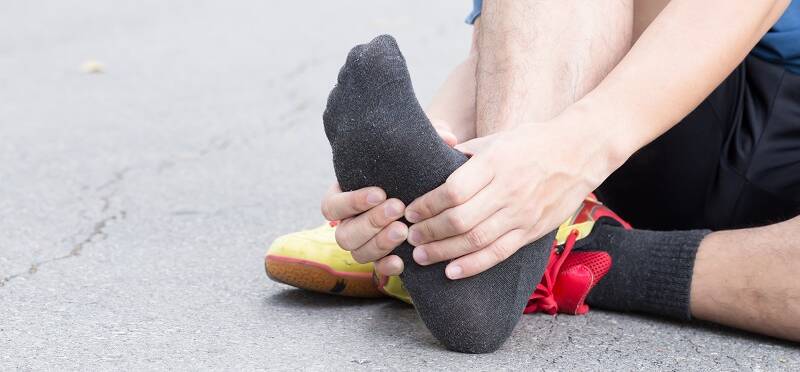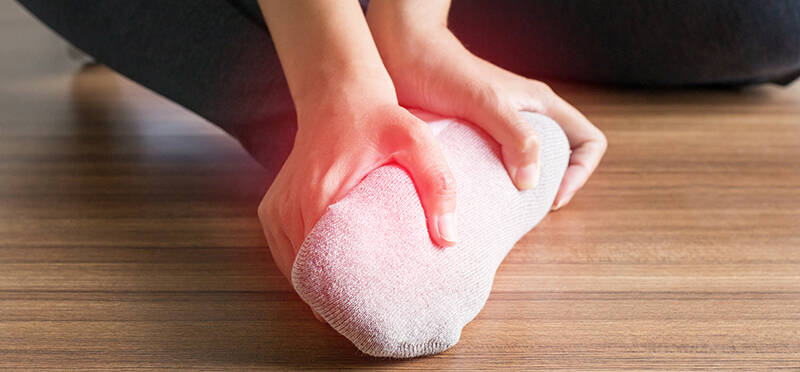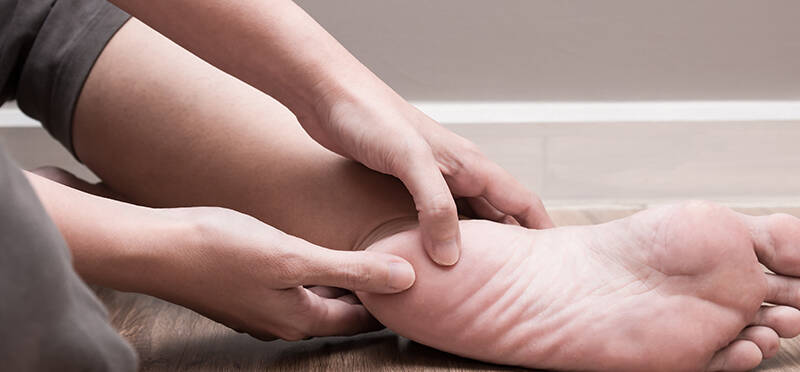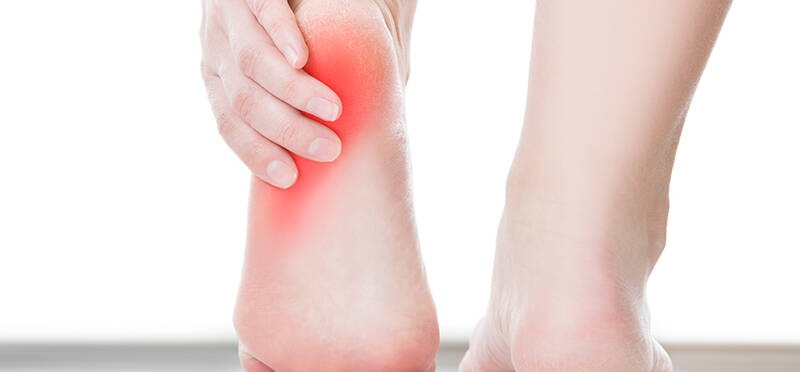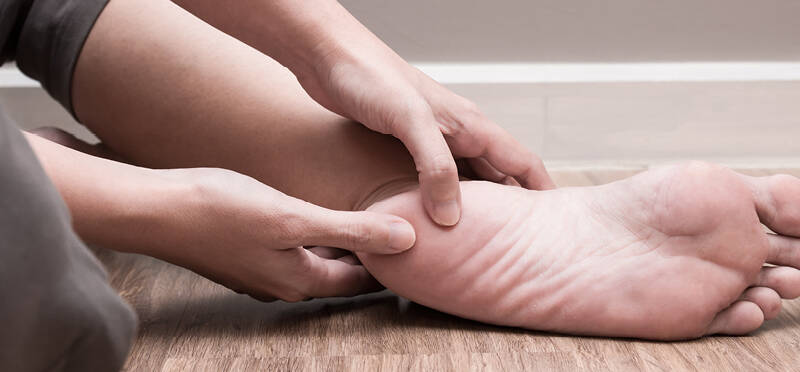Can Dry Needling Help Plantar Fasciitis?
Posted on September 8, 2021 by Clinton Boone, PT, DPT, CMTPT/DN
Taut bands can exist within your body that disrupt blood flow to your muscles. The affected area can become an...
(more…)




